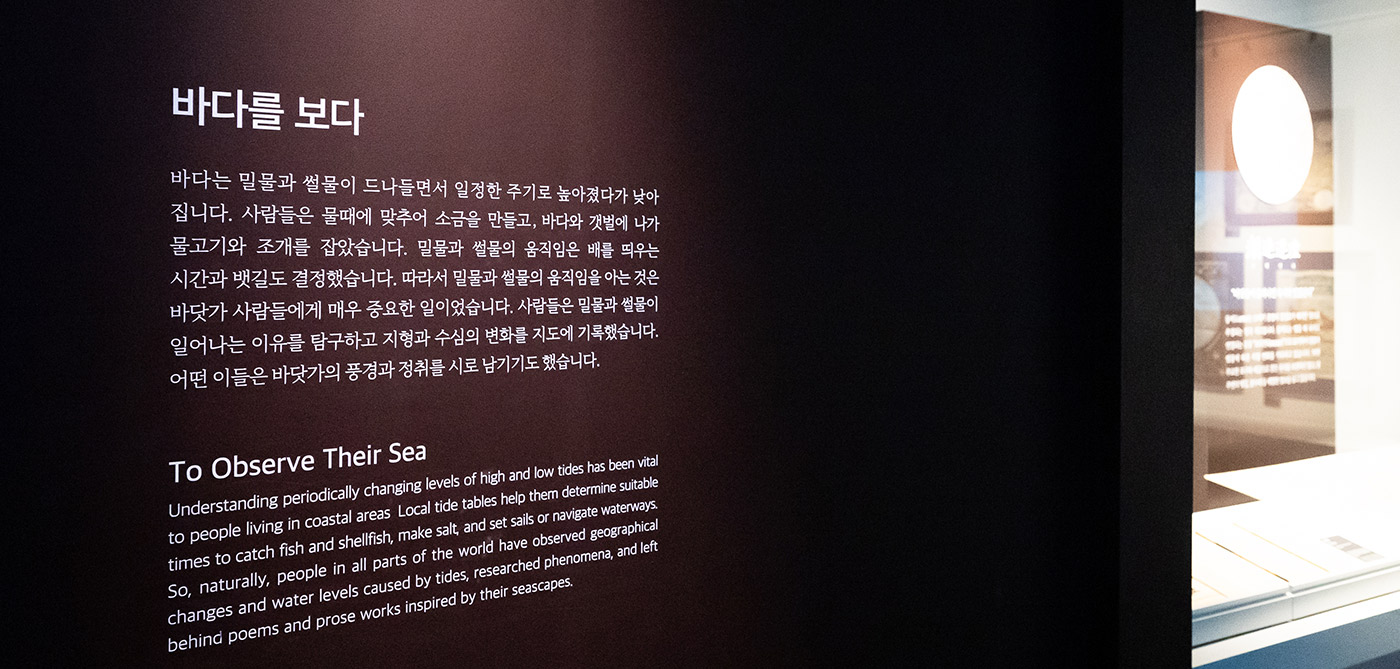
The Sea Opens Up
National Saemangeum Reclamation Museum
 Exhibition
>
Permanent Exhibition
Exhibition
>
Permanent Exhibition


 Exhibition
>
Permanent Exhibition
Exhibition
>
Permanent Exhibition
The Humans and Reclamation Room deals with the background of reclamation, focusing on the sea, tidal flats, and rivers that serve as the basis for reclamation. The sandbanks and tidal flats along riverbanks were habitats even before they were reclaimed for reclamation projects. People timed their activities to the tides, harvesting fish and clams from the tidal flats, and launching boats into the sea. Knowing the changes between high and low tide was crucial. They explored the reasons behind these phenomena and recorded changes in topography and depth on maps. Some also captured the seaside landscapes and moods in poetry and paintings as forms of artistic expression. Changes in nature were seen both as challenges to overcome and as objects of awe. The aspects that were beyond human control became matters of faith.
People by the seaside sought to overcome difficulties through the power of faith.

Exhibition Space Guide
SCROLL
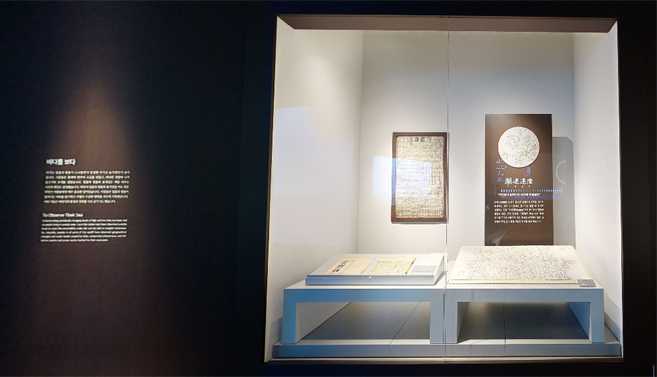
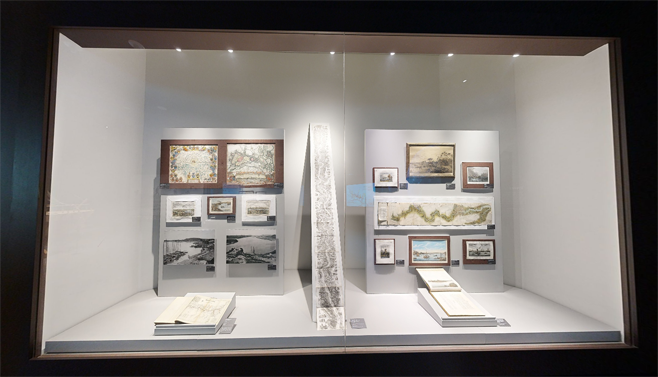
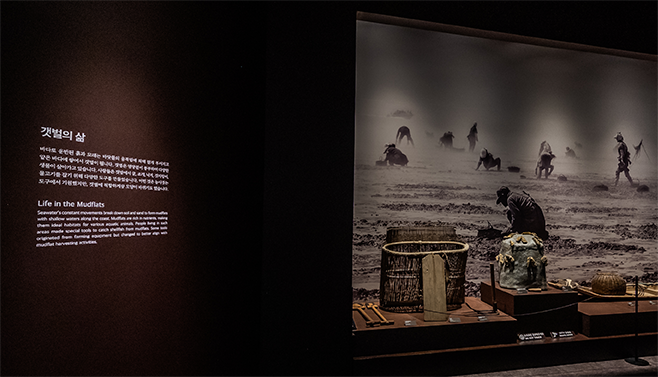
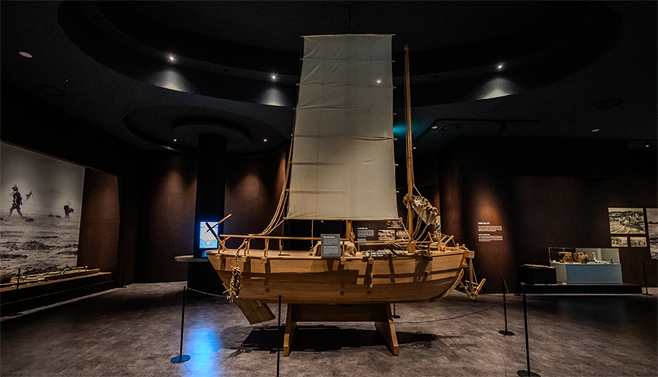
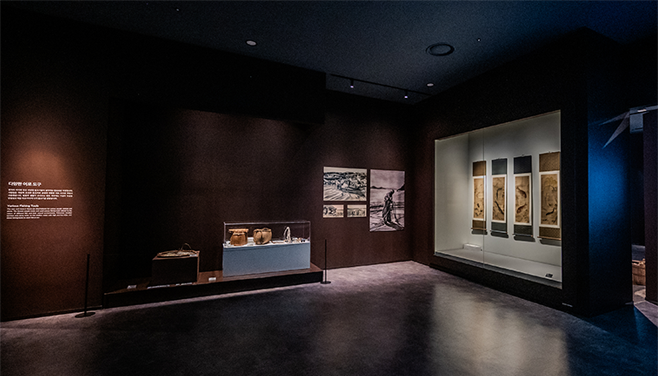
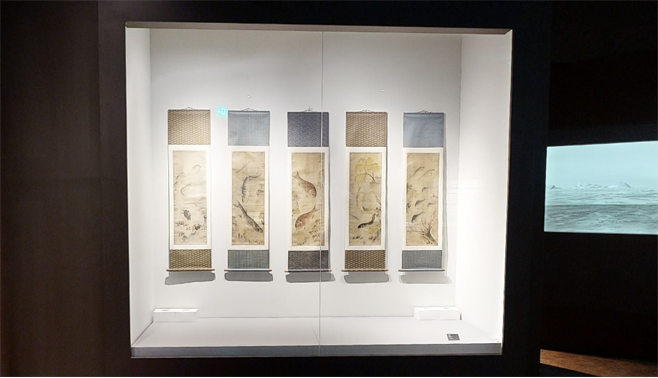
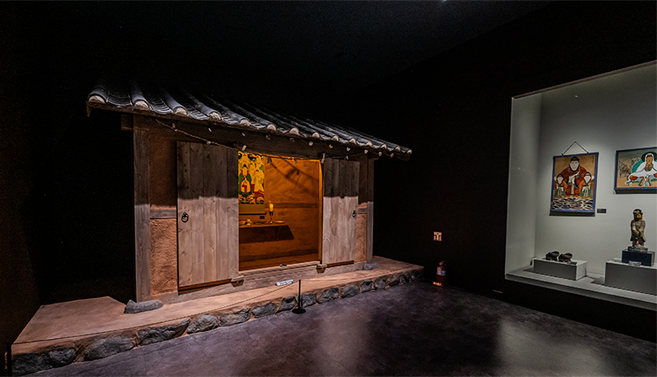
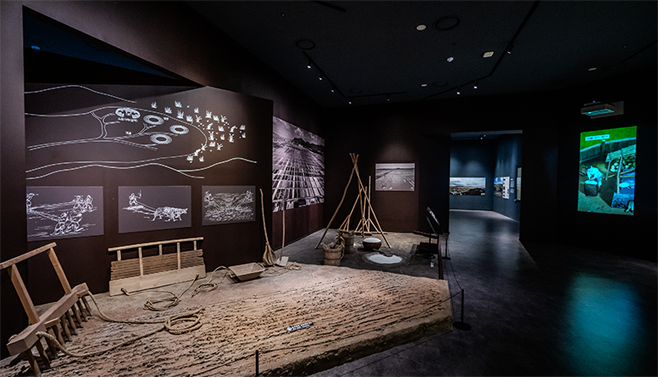
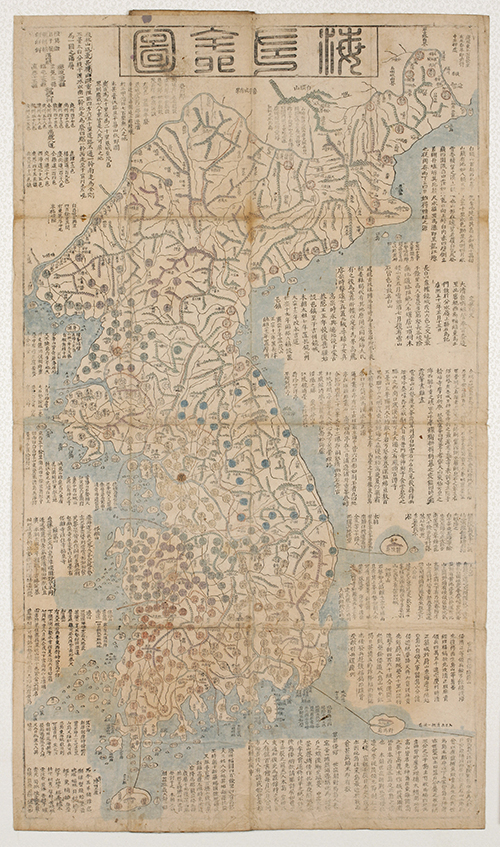
Korea, Joseon, 19th Century

United Kingdom, 1880s / William Thomson
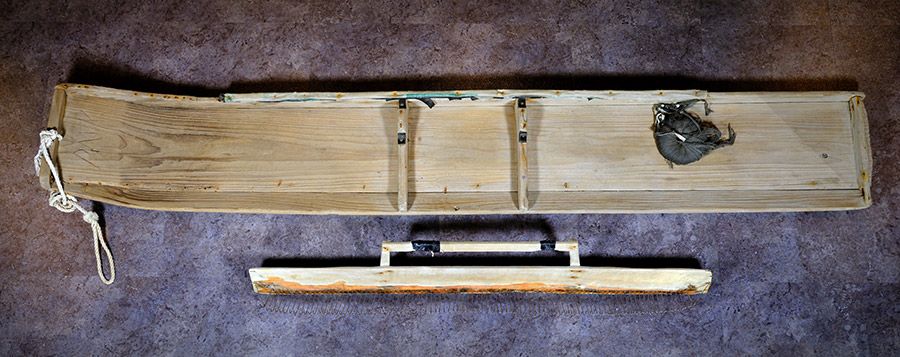
Korea, Modern Era

Korea, Modern Era
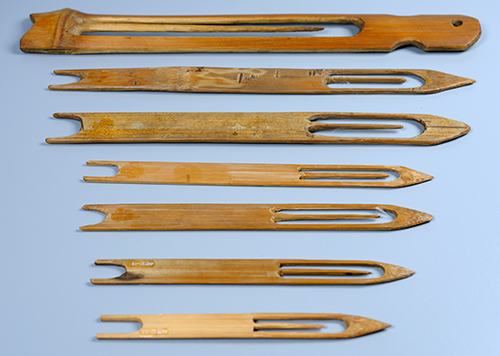
Korea, Modern Era
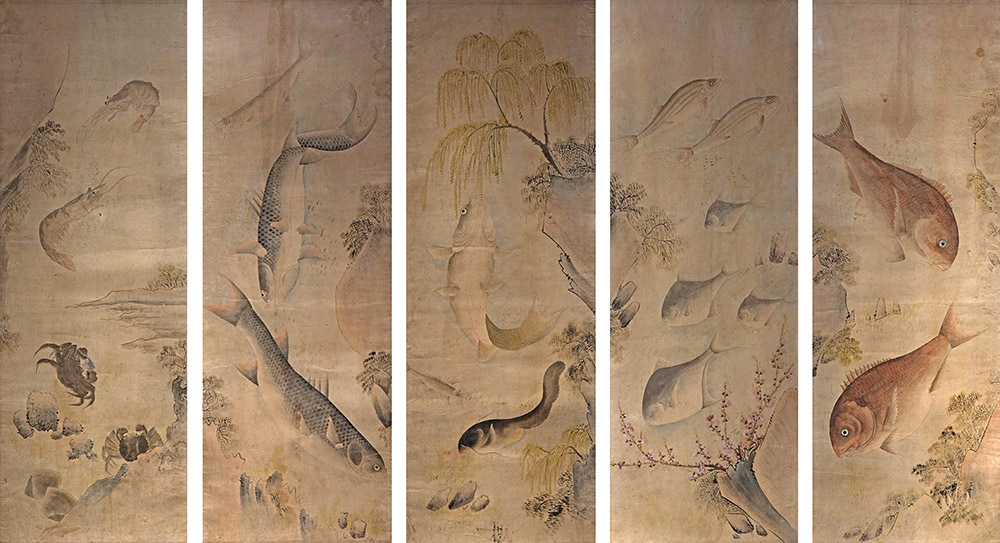
Korea, Joseon
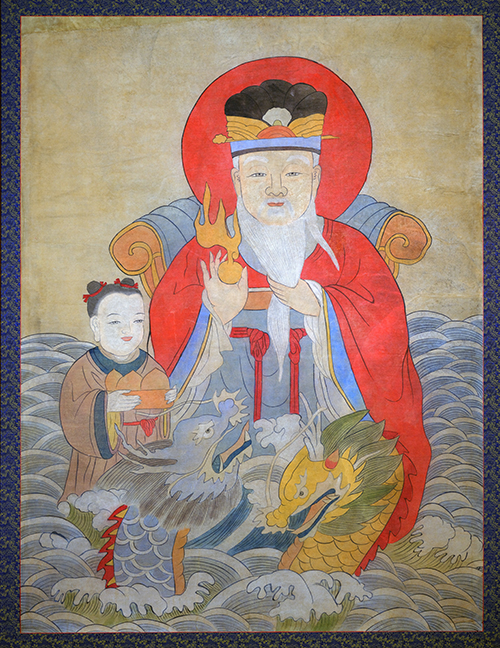
Korea, Joseon
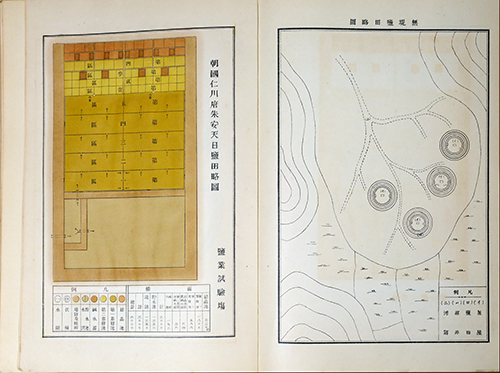
Korea, 1908-1911

Korea, Joseon, 19th Century

United Kingdom, 1880s / William Thomson

Korea, Modern Era

Korea, Modern Era

Korea, Modern Era

Korea, Joseon

Korea, Joseon

Korea, 1908-1911

좌우로 스크롤해서 내용을 볼 수 있습니다.
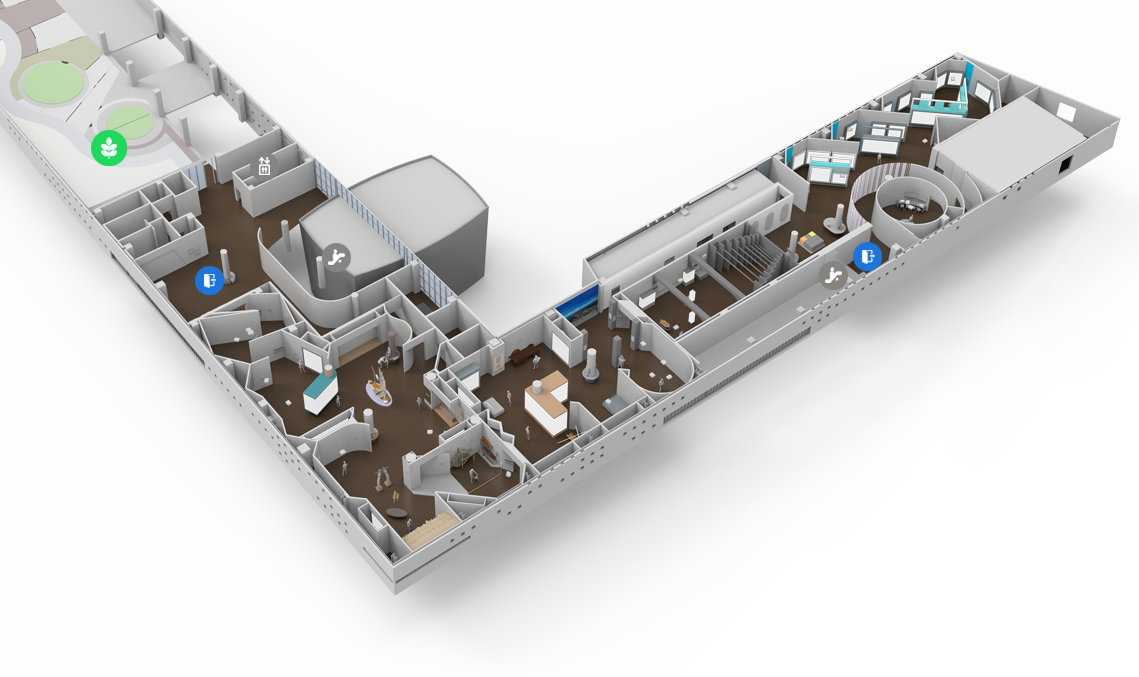

Click on each point to view information about the selected area.







